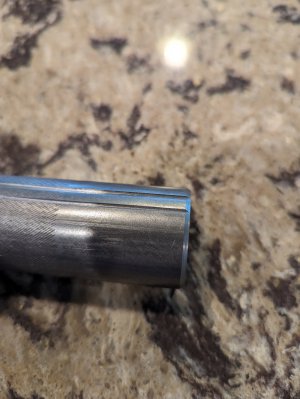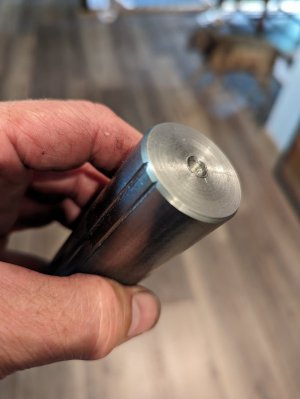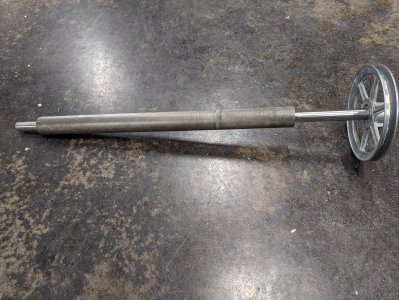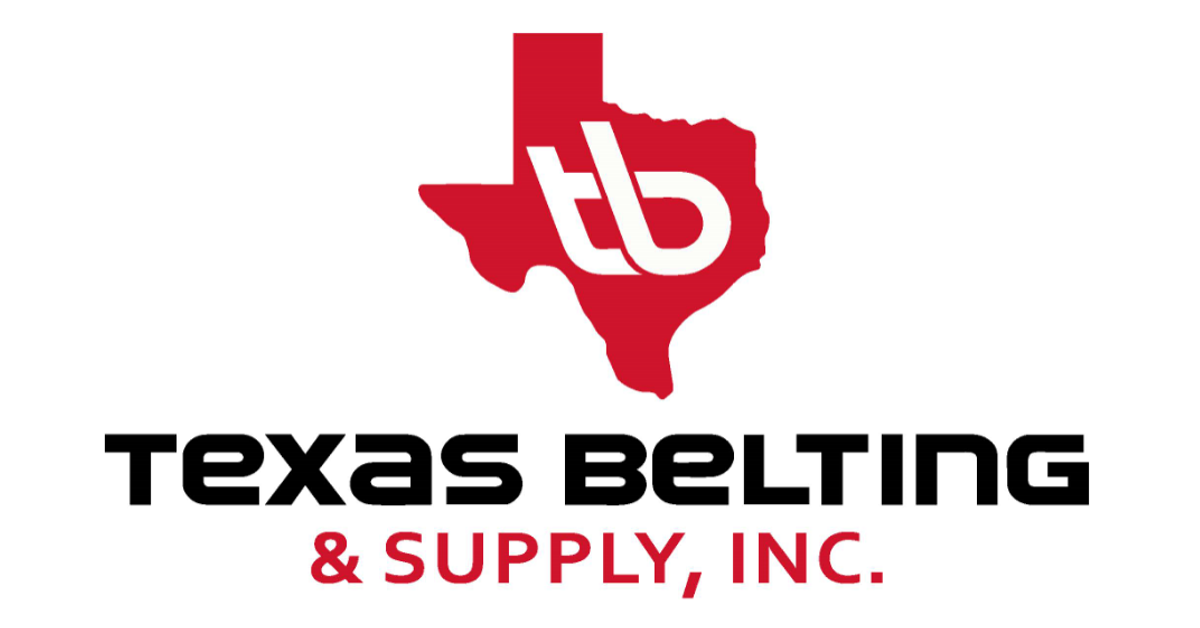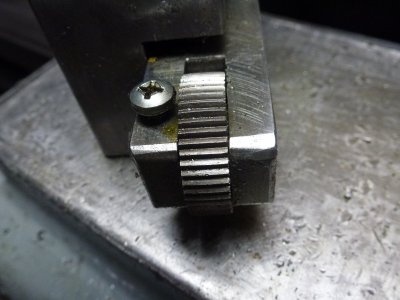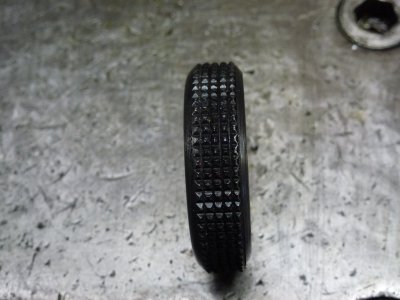- Joined
- Jan 7, 2016
- Messages
- 3,273
Hello, guys and gals:
I need a new infeed roller for my wood planer. The existing one is rubber and worn out. I have the new one machined, but it needs serrations or knurling for gripping the wood. I discovered that my knurler is not up to the task, so that is pretty much out for now. I thought about using my mill to cut serrations into the roller, but my first two attempts left a lot to be desired.
So, how would I go about making serrations using my mill (or lathe?) As you can see in my photos, there is too much material before the serration for it to grip. This was attempted using a straight 0.1875" milling cutter.
I need a new infeed roller for my wood planer. The existing one is rubber and worn out. I have the new one machined, but it needs serrations or knurling for gripping the wood. I discovered that my knurler is not up to the task, so that is pretty much out for now. I thought about using my mill to cut serrations into the roller, but my first two attempts left a lot to be desired.
So, how would I go about making serrations using my mill (or lathe?) As you can see in my photos, there is too much material before the serration for it to grip. This was attempted using a straight 0.1875" milling cutter.


